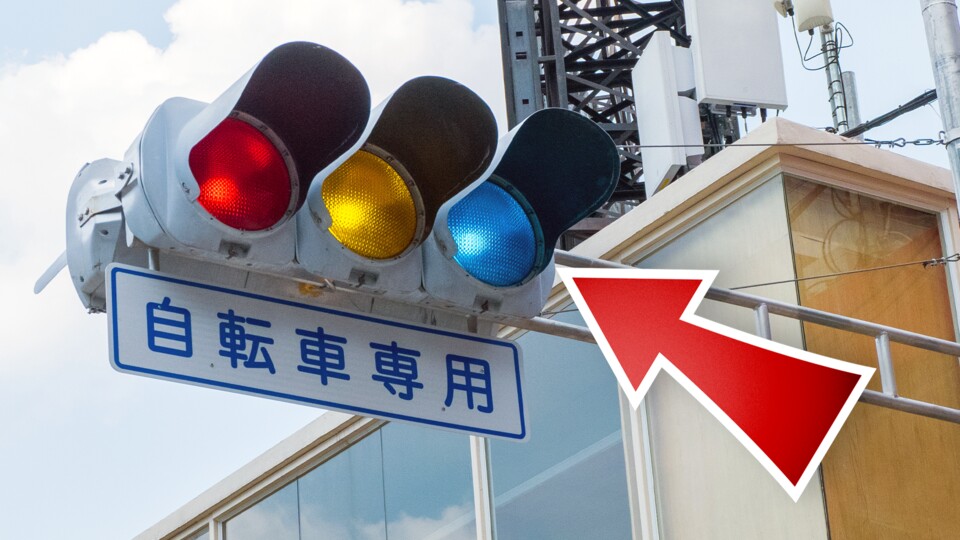
Say it in the comments: Is the right light green or blue? (Image source: wanatithan/adobe.stock.com)
Almost everyone knows the saying: “When it’s red you have to stand, when it’s blue you can walk.” Wait, what? You didn’t read it wrong. In Japan, green is actually blue, at least when it comes to the designation of green traffic lights.
The green light of the traffic lights sometimes not only appears in blue, the Japanese also call it blue – no matter how green it is.
The reason for this lies in their language.
Green didn’t have its own Japanese word
Reader’s Digest got to the bottom of it all and asked a Japanese teacher how the blue traffic lights came about. He says:
In ancient Japan there were only four color names: red, black, white and blue. The term ‘ao’ was used for a wide range of colors, including what we now call green.
That means: In Japan, if someone wanted to describe something green, they used the word for blue – at least until the Heian era (794-1185). Only then did the word “midori” appear. This represents the color of nature and vitality.
Even today, green things in Japan are sometimes still described with “ao” – i.e. blue.
21:25
Ghost of Yōtei – We show you the first 20 minutes of the dark action hit in ancient Japan
Japan’s traffic situation
Even in the land of the rising sun, the following applies: red for stop, yellow for caution and green for driving or running. The only difference is that the green signal is called “aoshingou” (blue signal) – and in some traffic lights it actually appears blue, as can be seen in the lead image.
Why isn’t this consistent? There is actually a simple, historical reason for this.
The global standard for the green traffic light indicating “go/run” was established in 1968 by the Vienna Convention on Road Traffic Signs and Signals (you can even read about it on the UN website).
Japan has never signed this agreementwhich is why there may be deviations. By the way, a second nation did not sign the treaty either: the USA.
According to IFL Science, the green traffic light lights with the blue glow (or blue traffic light lights with the green glow) are also a matter of Japanese cultural pride.
In 1973, the local government set standards for traffic lights in the country – and deliberately chose the shade of green that comes closest to blue.
In older traffic light systems or in rural areas, it can sometimes happen that the green traffic light signal is turquoise, at least to our western eyes.



 Why this open-world hit should not be missing from any collection – especially at the current price!
Why this open-world hit should not be missing from any collection – especially at the current price! Your journey back in time to 1992 is finally available for pre-order!
Your journey back in time to 1992 is finally available for pre-order! These VR glasses are as good as the Meta Quest 3 but are much cheaper, especially on Black Friday, and without Meta constraints
These VR glasses are as good as the Meta Quest 3 but are much cheaper, especially on Black Friday, and without Meta constraints This Lego technology competitor is an absolute dream
This Lego technology competitor is an absolute dream